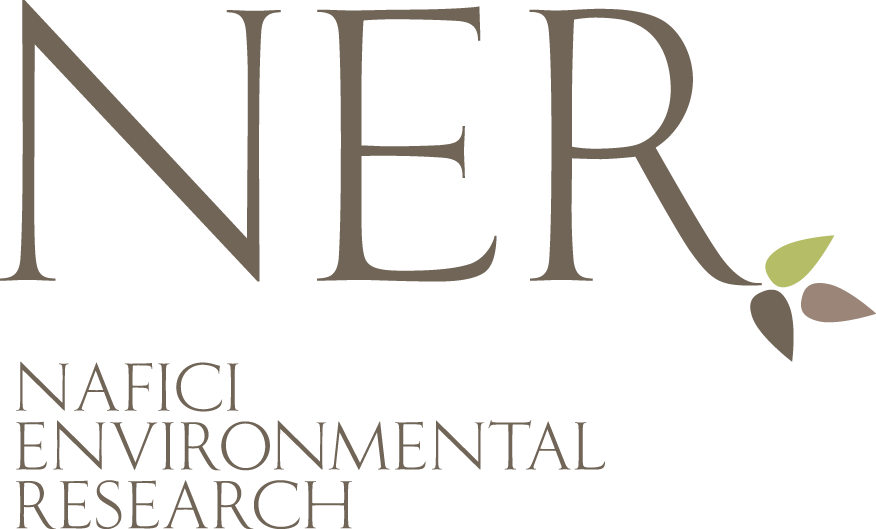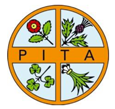Lee Farm Visit.
Nafici Environmental Research aims to take agricultural residues and surplus, such as the straw from wheat, barley, oats and other crops and transform it into EcoPulp for use in the production of high quality, biodegradable paper and packaging. The process is designed to reduce waste, energy use and carbon emissions. It can also provide an extra income for farmers, enabling them to more of the by-product from their crops that would otherwise go to waste. Of the raw materials processed in our EcoPulping process, up to 75% can be turned into paper pulp with the co-product being returned to the land in the form of fertiliser and soil conditioner, or used by other industries to be used in construction boards or paper core production, making it a perfect example of a circular economy.
EcoPulping depends upon local farmers to provide their agricultural residues and, with this in mind we, visited Dominic Gardner at Lee Farm in West Sussex in order to find out about the crops he grows and how he deals with his agricultural residues and surplus.
Lee Farm, extends to 2,500 acres and lies in the heart of the South Downs National Park. It is primarily run as an arable and sheep farm but also has a herd of Hereford cattle. Dominic and his team at Lee Farm are passionate about improving the impact of farming on the environment through using regenerative agricultural techniques to aid them in their desire to become carbon neutral. They have won awards for Environment and Conservation management.
During our visit we were particularly interested in the production and harvesting of wheat and linseed.
Wheat
Lee Farm produces approximately 10 tonnes of wheat per hectare of which 7 tonnes is straw. Following harvesting, a small amount of the wheat straw is used within the farming community providing animal bedding etc. Unlike the majority of other wheat producers in the UK, the large proportion of the wheat straw produced at Lee farm is ploughed back into the top 2 or 3 inches of the soil to improve the soil structure. As a result of this practice all the waste is re-cycled and there is no surplus. Disease and slug problems that could result from the practice of re-introducing the straw to the land are avoided by carefully managing the soil, using techniques such as crop rotation and catch crops (such as turnips) between successive plantings of the main crop. However the barley straw is not ploughed back and would be available for new applications.
Linseed
On Lee Farm linseed is grown as a break crop between successive plantings of the main cereal crops of wheat and spring barley. It is selected because it is good for the wildlife by increasing the diversity of the flora on the farm. It is a useful crop to grow because it uses the same equipment as the other crops. Lee Farm cultivates approximately 80 hectares of linseed per year. It produces approximately 0.8 tonnes of seed per acre and 1.5 tonnes of straw per acre. Once the seeds are harvested, they are used to make linseed oil. The leftover linseed straw is a waste product. It can’t be returned to the soil because it is difficult to use so it is baled up and then burned.
Dominic and his team at Lee farm are committed to farming in a sustainable manner in order to preserve and maintain the environment. They use many different techniques to manage and conserve the land in order to lessen the use of pesticides and fertilisers and their subsequent impact on the environment. Selling their wheat straw would prevent it from being re-introduced to the soil and affect their carbon impact so this is not something they would be interested in. The linseed straw however has no value to them as it is simply destroyed, therefore when this is turned into pulp it will be a good conclusion all round. However, Domenic is interested in EcoPulping’s by-product that could potentially bring some organic matter and nutrients back on the land…







